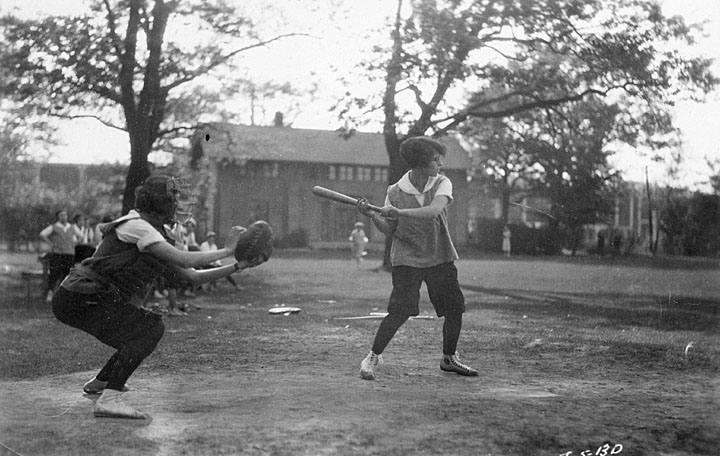How a $60 Massage Became Unforgettable

Many people think that one of the perks of working at a spa is the ability to get treatments. But when you work at a popular spa where the therapists are in high demand it just doesn’t happen. Read More


Many people think that one of the perks of working at a spa is the ability to get treatments. But when you work at a popular spa where the therapists are in high demand it just doesn’t happen. Read More

Working at a spa may be a life calling for many of us but that doesn’t make it lucrative. When I began working in the spa industry as a therapist I saw a serious deficit in my finances. Transitioning from a management position at a Fortune 500 company was a huge change. In the past, I’d had the ability to pay off monthly bills, take two vacations per year, and save a substantial amount in my 401K and bank account. But the trade-off was well worth it. I no longer suffered from daily migraines and high blood pressure. When I left my corporate job I didn’t look back. Not once.
I never saw making money and helping people as mutually exclusive. Early on in my position as a therapist, I realized that I still wanted to take nice vacations. I’d grown used to having them and saw no reason to eliminate them from my list of things to look forward to. I’d simply have to find a way to earn money beyond the compensation of the spa services listed on my daily activity schedule.
I had noticed that the spa receptionists tended to book the most basic, least expensive treatments. To increase my earnings I only had to up-sell those services and sell our retail products to realize a much healthier paycheck.
I started by listing the top five basic treatments-these were the ones most frequently booked. On the same sheet of paper, I listed their upgraded versions and the benefits of each. I viewed them through my customer’s eyes; why would I shell out an extra $25, $50 or $75 dollars? Was it really justified? The answer was yes. The upgraded treatments were far superior. They were more effective and luxurious. Many of them were longer. For most clients, the additional time was a plus. I decided that unless a customer was adamant about the treatment they had booked, I would recommend an upgrade to everyone. I also made it a point to schedule the treatments for myself. That way I could make my recommendations based upon personal experience.
Almost everyone accepted the upgrade. I discovered that most people just want what is best and the difference in cost doesn’t really matter to them. If you explain how they will benefit they are more than willing to defer to your expert judgement.
By up-selling my client from a basic $95 treatment to one that costs $150-$165 I was generating much more revenue. The additional commission from related retail products I sold was also making a difference in my earnings.
Buoyed by my success, I began cross-selling services in other departments to my clients as well. After all, if I’m performing a hydrating body wrap, why not suggest that they care for their feet as well with a spa pedicure? If I felt shoulder or neck tightness during a facial I would recommend a massage. My clients would ask me to book them with other technicians that I felt would be a good match for their personality. People enjoy having a their own “glam squad” and their return visits ensured everyone’s job security.
Interestingly, once cross-selling between therapists begins it becomes viral. It’s a feel good activity that promotes teamwork, greater client satisfaction and higher revenues for all. Therapists tend to be some of the most giving people in the world but perhaps taking the step to identify our financial WIFM, (what’s in it for me) would have benefits for all.

My husband and I recently went to a spa that had a wonderful aroma wafting through it. On a table in the reception area was a prominent display of essential oils and diffusers. I assumed that one of the oils was scenting the spa. As a trainer I’m always interested in the staff’s ability to interact well with customers. This day was no different.
“I want to try something”, I whispered to my husband. “Talk about how much you enjoy the smell in here”. I didn’t have to cue him further as he is a marketer and has a natural flair for drama. “Honey, what is that aroma” he asked in a loud stage whisper. “I like it, it’s nice. Do you recognize it?” Two receptionists were standing at attention close by, smiling at us. Not one of them approached us to clue us in on what turned out to be the signature scent of their company. Read More

It’s no secret that most spas don’t exactly have their retail products leaping off the shelves. And it might come as no surprise that the spa treatment a customer books might not necessarily be the best one to resolve their particular issues. That is where the expertise of the therapist should come in.
But unfortunately many therapists are doing one half of what they should be doing. They’re not listening well, they’re not guiding your customers to the most effective spa treatment(s) and they’re not making product recommendations or sales.
This is a problem. According to a recent spa study;
–If a client buys 2 products there’s a 60% chance they will revisit
-If a client buys 1 product, there is a 30% chance they will revisit
-If a client buys no products there is a 10% chance they will revisit
For those resort hotels and spas with multiple locations around the globe with branding that has been meticulously cultivated, this may play out even more. With so much at stake, therapist training should be at the top of senior management’s budget.
Most schools do a great job of laying the foundation for performing treatments. But selling or making product recommendations? Not so much. So how do the therapists learn this skill? Isn’t it taught by the product representatives? Well, the truth is that the product reps are there to promote their products, not to train the therapists on how to engage with your customers.
Customer engagement is an entirely different skill set. If you have invested time and money into sales training for your therapists in the past, it was probably quite effective. For one or two weeks, maybe even a month.
And then your numbers began to creep down again. Ever had that experience?
That’s because most traditional sales training is designed for extroverts. Research tells us that most spa therapists and support staff (with therapist backgrounds) are introverts. These are folks who prefer to work in a very quiet setting in a one on one situation.
Most traditional sales training is delivered in a manner which is the exact opposite of your therapist’s comfort zone.
“Sales within spas are different than other retail environments, they are much more intimate and personal, says Lynne McNees, president of the International Spa Association (ISPA). “The therapists are professionals within their fields, so it’s not so much a sales push as it is a recommendation to the client.”
The best training builds upon the considerable emotional intelligence of the therapists. The results can be dramatic and immediate.
Just some food for thought as you review your monthly revenue report. Maybe it’s time to do something different.
I’ve got a few ideas for you.